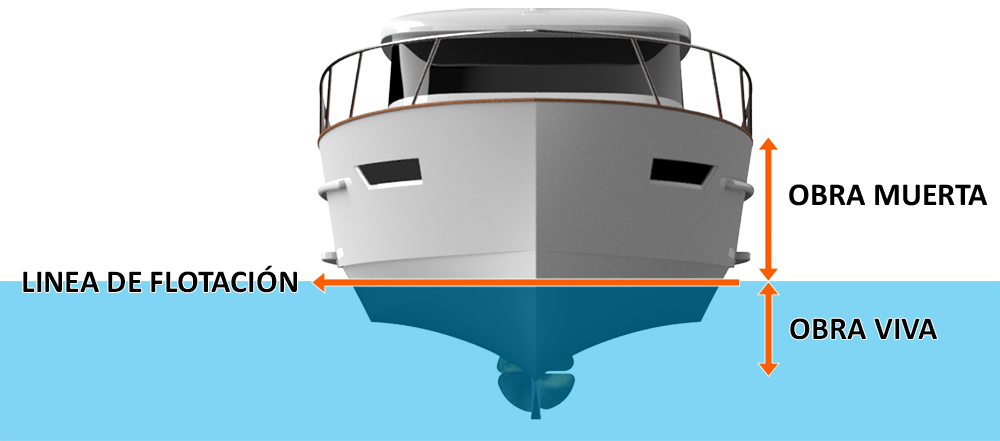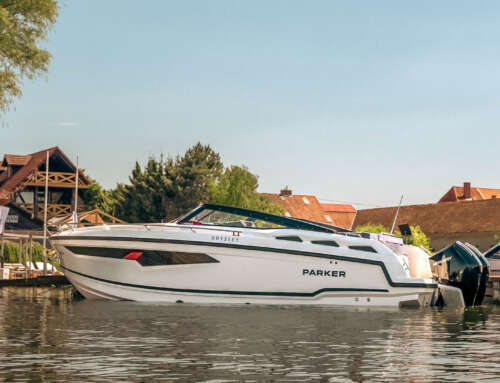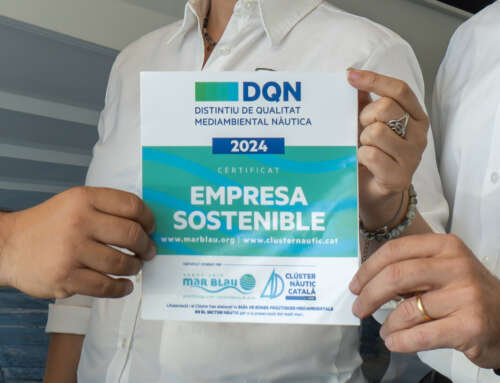Boat Antifouling: What is it and why is it essential?
Antifouling, also known as antifouling, is a crucial aspect in the maintenance of any vessel. Its main purpose is to prevent the accumulation of marine organisms on the hull of the boat, which can negatively affect its performance and durability. In this article, we will explore in detail what antifouling is, why it is essential, the different types available on the market and best practices for its application.
What is Antifouling?
Antifouling is a coating applied to the submerged part of a ship’s hull. This coating is designed to prevent marine organisms such as algae, barnacles, mussels and other organisms from adhering to the hull. The accumulation of these organisms, known as biofouling, can significantly increase the ship’s drag, reducing its speed and increasing fuel consumption.
Why is Antifouling essential?
- Performance Improvement
A clean, smooth hull makes it easier for the boat to glide through the water, which improves its speed and maneuverability. The presence of fouling can increase drag, causing the engine to work harder and consume more fuel.
- Fuel Efficiency
Marine fouling can increase fuel consumption by up to 40%. Applying antifouling helps keep the hull clean, optimizing fuel consumption and reducing operating costs.
- Helmet Protection
Fouling not only affects the boat’s performance, but can also cause damage to the hull. Some organisms puncture and deteriorate hull material, which can lead to costly repairs. The antifouling acts as a protective barrier.
- Environmental Impact
A clean hull reduces carbon emissions by improving fuel efficiency. In addition, modern antifoulings are designed to minimize environmental impact by releasing biocides in a controlled and safe manner.

Best practices for Antifouling application
- Hull Preparation
Before applying the antifouling, it is crucial to properly clean and prepare the hull. This includes removing any previous encrustation and sanding the surface to ensure good adhesion of the coating.
- Antifouling Selection
Choosing the right type of antifouling depends on the use and operating conditions of the boat. It considers factors such as the speed of the vessel, frequency of use and the water conditions in which it will operate.
- Correct Application
Follow the manufacturer’s instructions exactly. Apply the antifouling in a suitable environment, avoiding humidity and extreme temperature. Use appropriate personal protective equipment to avoid exposure to chemicals.
- Regular Maintenance
Antifouling is not a permanent solution. It is recommended that the coating be inspected and renewed at least once a year to ensure continuous protection.
Antifouling is an integral part of the maintenance of any vessel. It not only improves performance and fuel efficiency, but also protects the hull and contributes to environmental conservation. By choosing the right type and applying it correctly, boat owners can ensure smoother, more efficient and safer sailing. Keep your boat in optimal conditions and enjoy the sea without worries.



